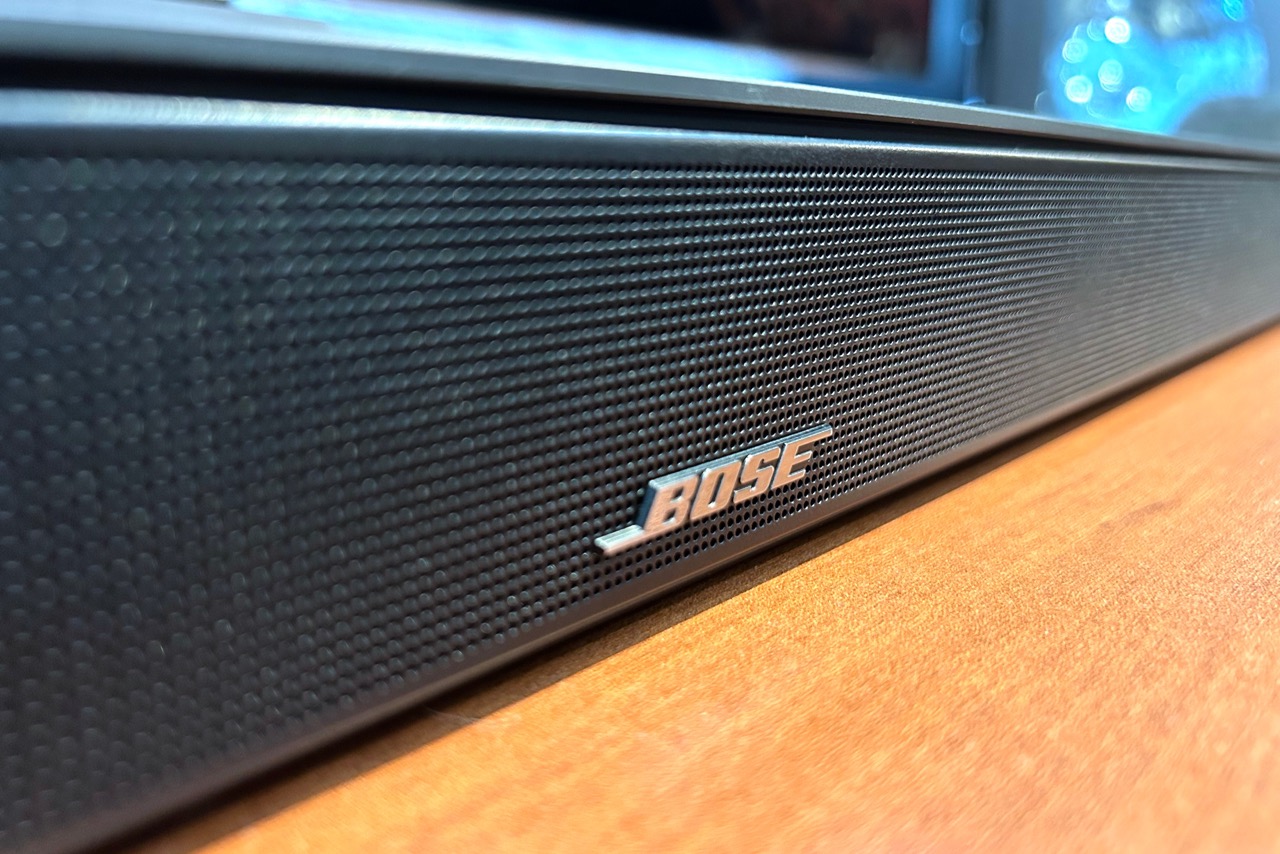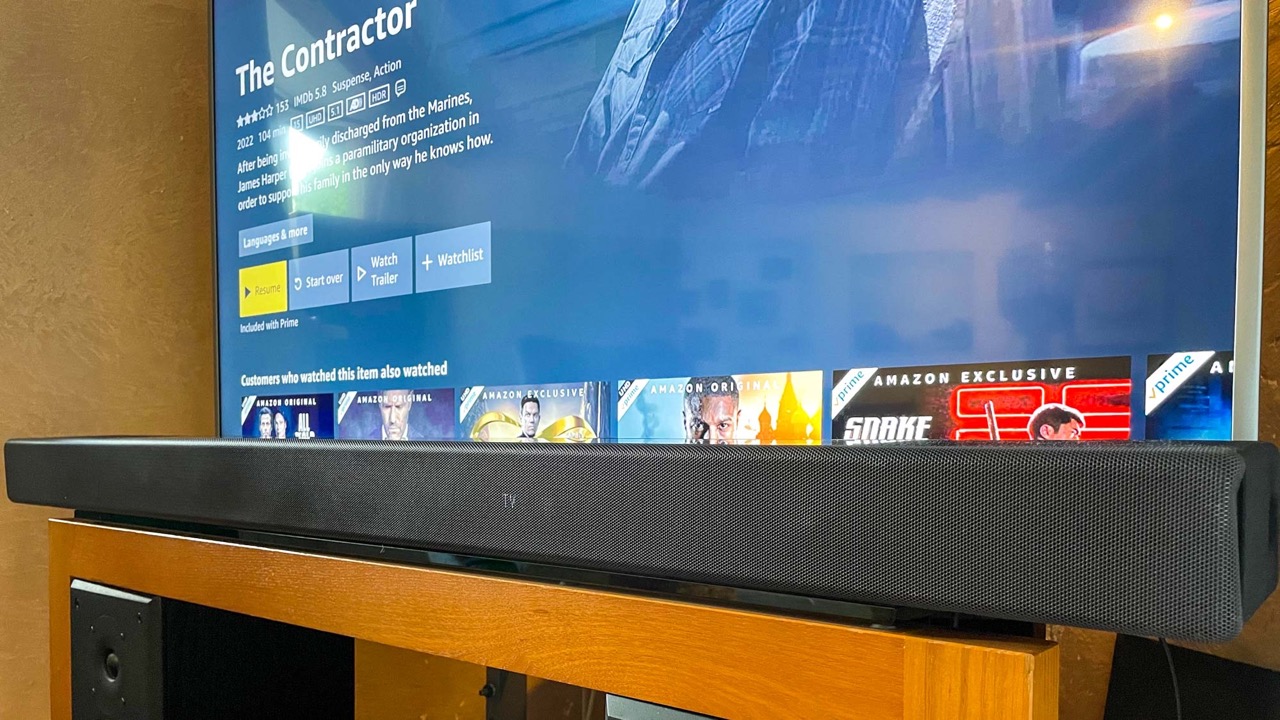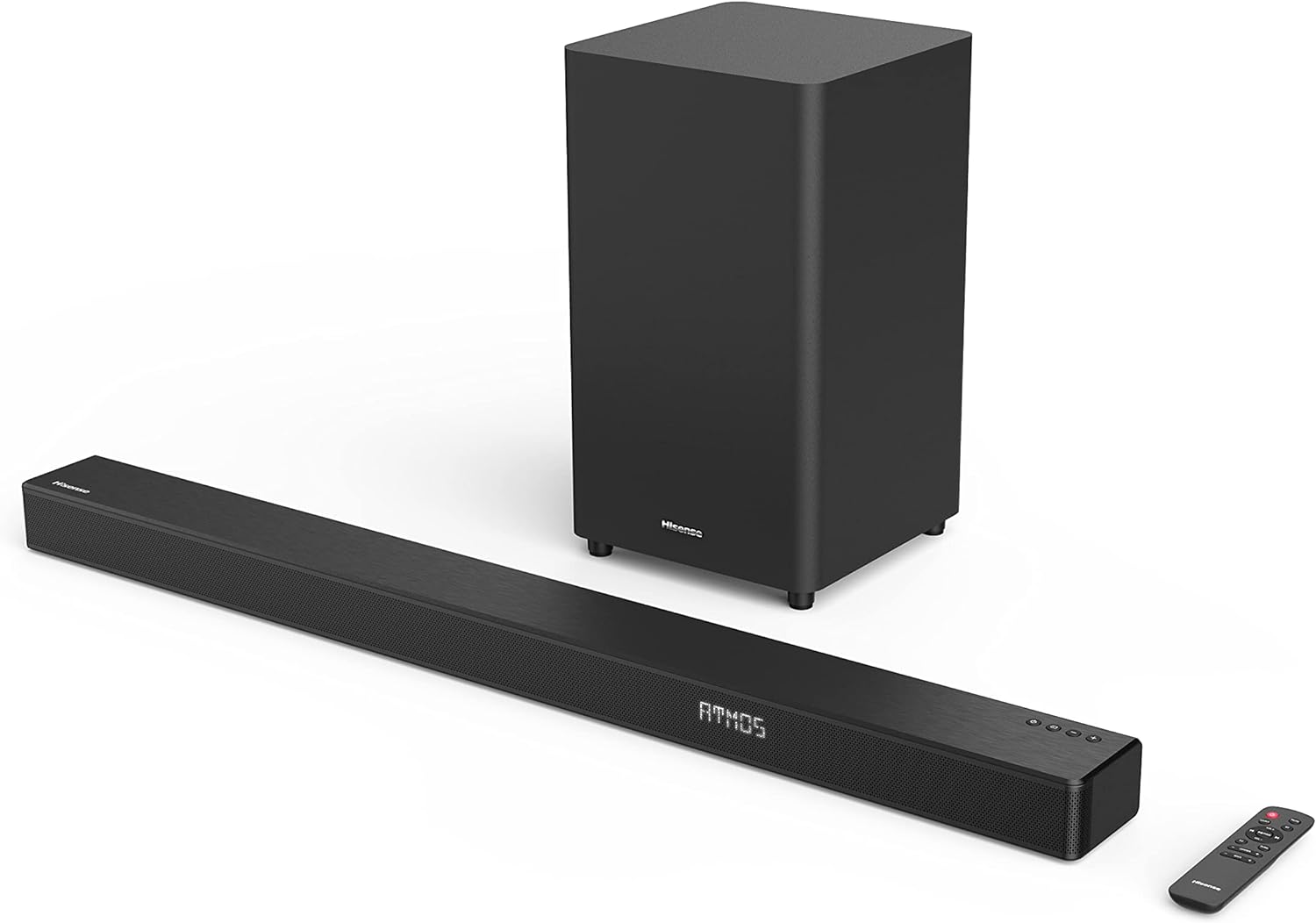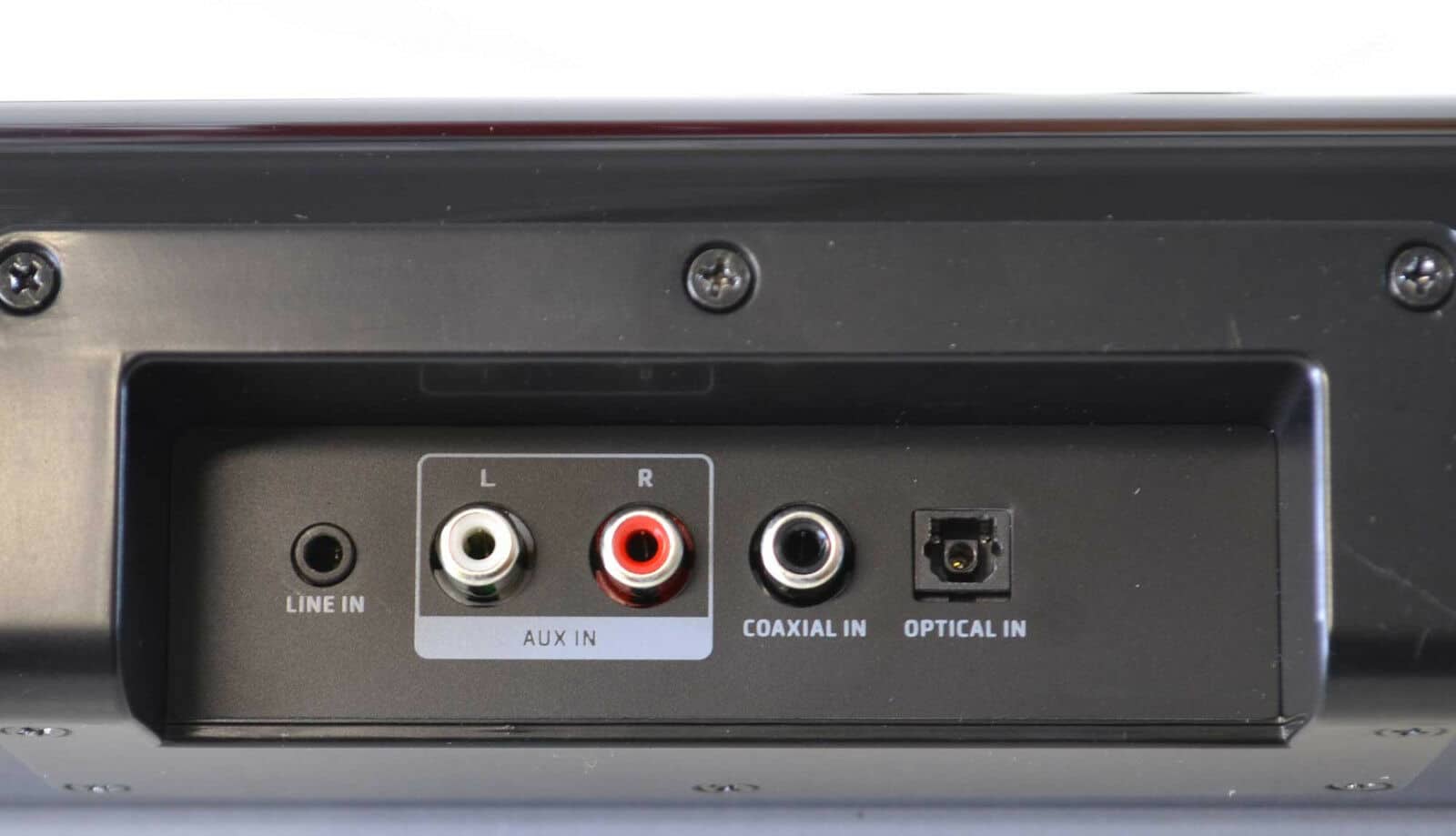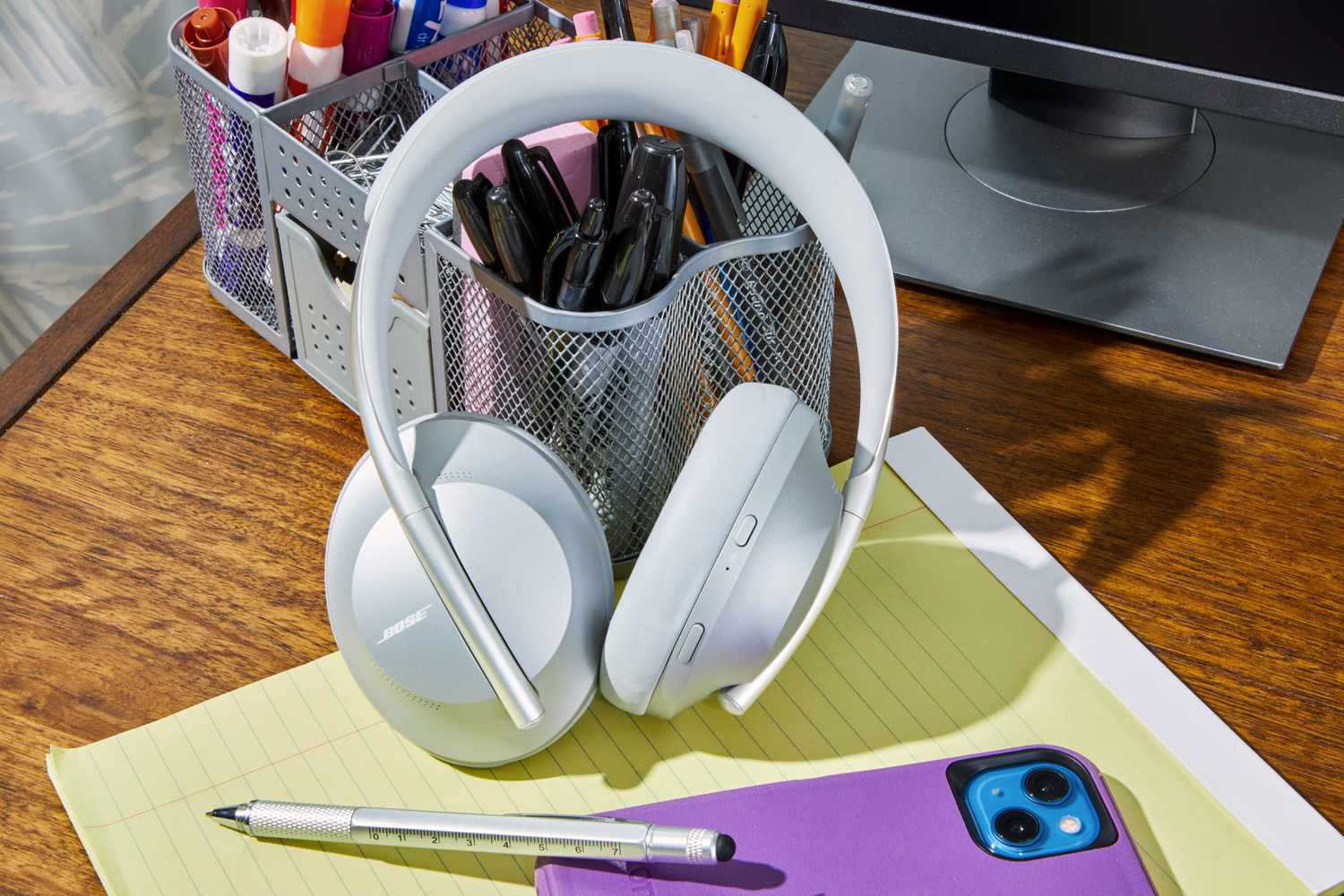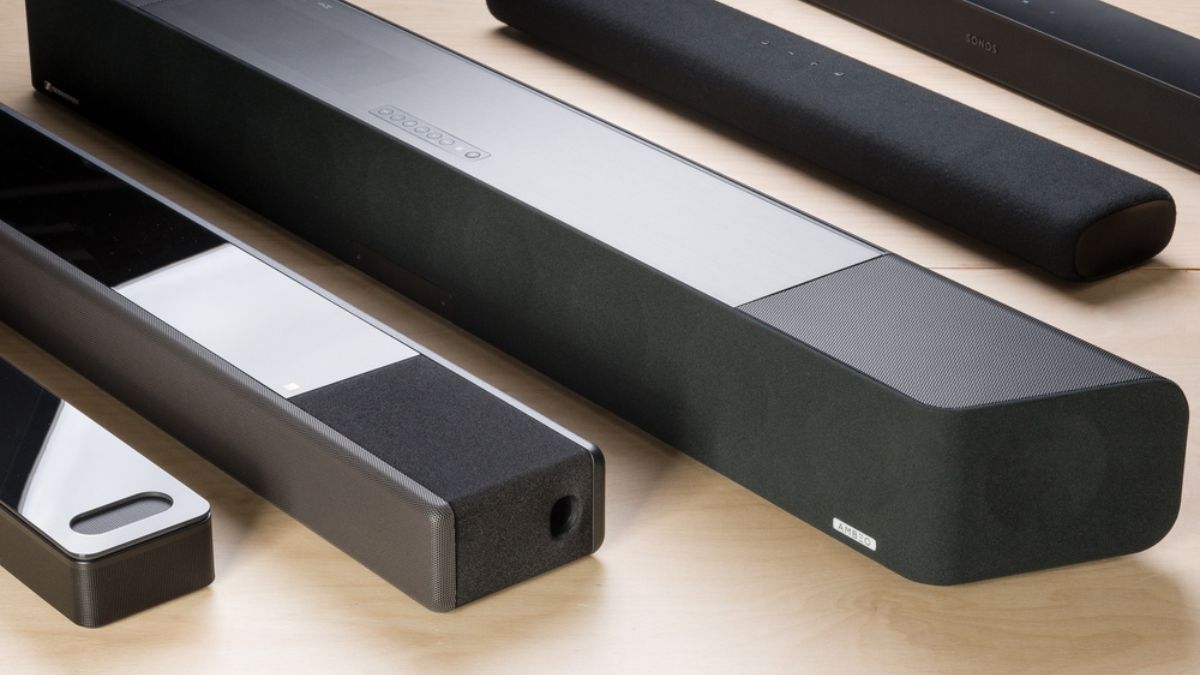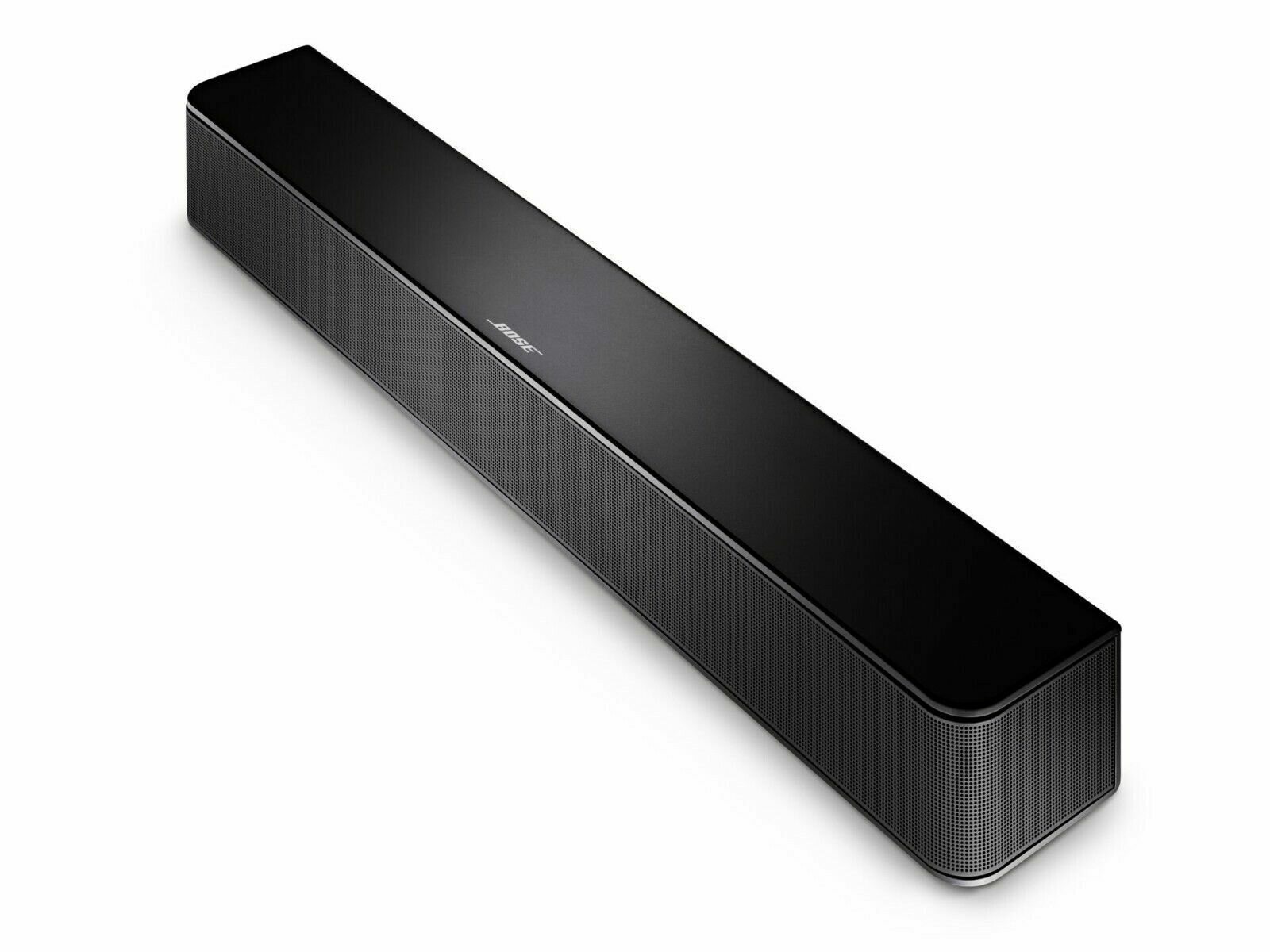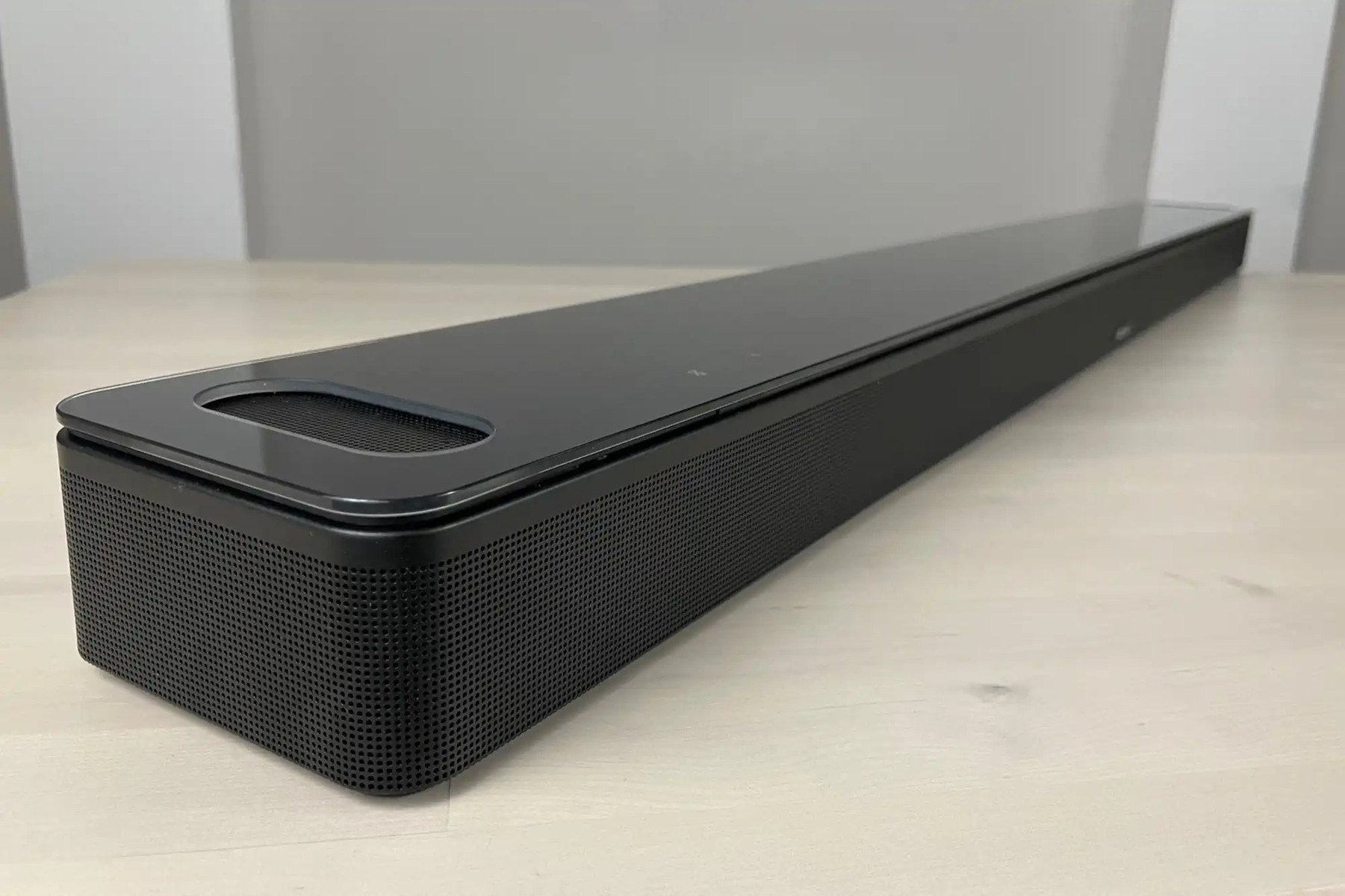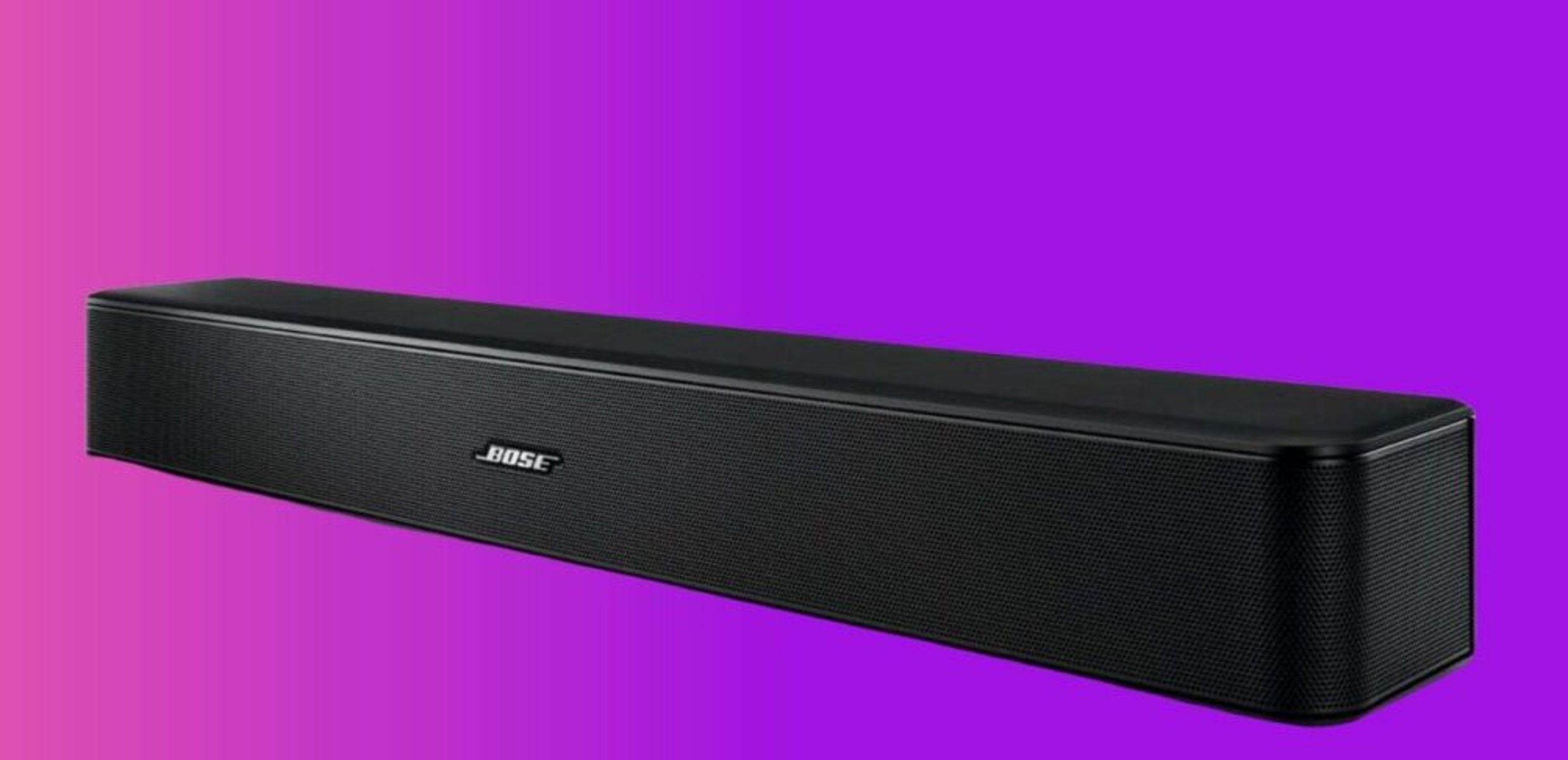Common Issues with Bose Soundbars
Bose soundbars are known for their exceptional audio quality and immersive home theater experience. However, despite their reputation for excellence, users may occasionally encounter some common issues with their soundbars. Understanding and troubleshooting these problems can help ensure that you enjoy uninterrupted audio bliss. Here are some of the most common issues that users encounter:
-
No Power or Connectivity
One of the first things to check if your Bose soundbar is not working is the power and connectivity. Ensure that the power cord is securely inserted into a working power outlet and that the soundbar is turned on. Additionally, check all the cables and connections to ensure they are properly connected and not loose. Sometimes, a simple reconnection can solve the problem.
-
Incorrect Input Source
If you aren’t getting any sound from your Bose soundbar, double-check the input source settings. Make sure that the soundbar is set to the correct input source, such as HDMI, optical, or Bluetooth, depending on your setup. Use the soundbar’s remote control or the buttons on the unit itself to select the appropriate input source.
-
Volume and Settings
Another common issue is when the soundbar does not produce audio or the volume is too low. In such cases, try adjusting the volume level using the soundbar remote control or the buttons on the unit. Also, check the soundbar’s settings to ensure that the volume is not muted or set to a very low level.
-
Outdated Software
Software updates are crucial for optimal performance. If you’re experiencing issues with your Bose soundbar, check if there is any available software update. Visit the official Bose website and download the latest firmware for your soundbar model. Follow the instructions provided to update the software and see if the issues are resolved.
-
Remote Control Problems
Many soundbar issues can be attributed to problems with the remote control. If your soundbar isn’t responding to the remote, try replacing the batteries to rule out any power issues. Additionally, make sure there are no obstructions between the remote and the soundbar, as this can interfere with the signal communication.
-
Factory Reset
If all else fails, performing a factory reset might help resolve persistent issues with your Bose soundbar. Please note that resetting will erase all your customized settings, so make sure to take note of any personalized configurations before initiating the reset. Refer to the user manual or the Bose website for detailed instructions on how to perform a factory reset for your specific soundbar model.
-
Bose Customer Support
If you’ve tried all the troubleshooting steps and the issues with your Bose soundbar persist, it’s time to reach out to Bose customer support. They have a dedicated team of experts who can provide further assistance and guidance to resolve any technical difficulties you might be facing.
By understanding and addressing these common issues with Bose soundbars, you can ensure that you get the most out of your audio system and enjoy a seamless and immersive audio experience.
Check the Power and Connectivity
One of the most common reasons for a Bose soundbar not working is a power or connectivity issue. Before exploring other troubleshooting steps, it’s important to ensure that the soundbar is receiving power and that all connections are secure. Here are some steps to check the power and connectivity of your Bose soundbar:
-
1. Power Source
Firstly, verify that your Bose soundbar is properly plugged into a working power outlet. It may seem obvious, but a loose or incorrectly connected power cord can prevent the soundbar from turning on. Take a moment to check the power cord’s connection at both ends to ensure it is securely plugged in.
-
2. Power Indicator
Look for the power indicator on the soundbar. If it’s illuminated or displaying any signs of power, then the soundbar is receiving power, and the issue may lie elsewhere. However, if the power indicator is not lit, try plugging the soundbar into a different outlet. If it still doesn’t power on, there may be a problem with the power cord or the soundbar itself.
-
3. Cable Connections
Check all the cable connections between the soundbar and other devices. Make sure that all cables, such as HDMI, optical, or auxiliary cables, are securely inserted into their respective ports. Loose or disconnected cables can result in no audio or poor sound quality. If any cables appear damaged, consider replacing them.
-
4. HDMI-ARC
If you have an HDMI-ARC (Audio Return Channel) setup, ensure that the HDMI cable is connected to the correct HDMI-ARC ports on both the soundbar and the TV. This allows the soundbar to receive audio signals from the TV. If the connection is incorrect, the soundbar won’t work as expected. Refer to the user manual or the manufacturer’s website for specific instructions on HDMI-ARC setup.
-
5. Wireless Connectivity
If your Bose soundbar supports wireless connection, such as Bluetooth or Wi-Fi, ensure that the soundbar and the device you’re connecting to are within range of each other. If you’re experiencing connectivity issues, try moving the devices closer together and make sure there are no obstructions that could interfere with the wireless signal.
-
6. Power Cycle
If you’ve checked all the power and connectivity aspects and your Bose soundbar is still not working, try a power cycle. To do this, turn off the soundbar, unplug the power cord from the outlet, wait for a few minutes, and then plug it back in. This can help reset the system and resolve any temporary glitches.
By carefully checking the power source, cable connections, and ensuring proper connectivity, you can eliminate common power and connectivity issues that may be causing problems with your Bose soundbar. Taking these steps will help you move closer to finding a solution and enjoying your immersive audio experience once again.
Verify the Input Source
If you’re experiencing issues with your Bose soundbar, one possible culprit could be an incorrect input source setting. Verifying and selecting the correct input source can help resolve audio problems and ensure that your soundbar is receiving the necessary audio signal. Here’s how to verify the input source on your Bose soundbar:
-
1. Check the Soundbar Display
Start by looking at the soundbar display or the indicators on the device to see the currently selected input source. Different soundbars have different ways of displaying the input source, such as LED lights or a text display. Make sure that the displayed input source matches the device you want to play audio from.
-
2. Use the Soundbar Remote
If the input source needs to be changed, grab the soundbar remote control and locate the input source button. This button is usually labeled “Input”, “Source”, or depicted by an icon representing different connections (e.g., HDMI, optical). Press the input source button repeatedly until you reach the desired input option.
-
3. On-Screen Menu
Some Bose soundbars have on-screen menus that allow you to navigate and select the input sources. If your soundbar has this feature, press the menu button on the remote control to access the on-screen menu. Navigate through the menu options and locate the input source settings. Choose the correct input source and exit the menu.
-
4. TV Source Settings
If you’re using your Bose soundbar with a TV, ensure that the TV’s audio output is set to the appropriate source. For example, if you’re using an HDMI connection, go to the TV settings, navigate to the audio or sound settings menu, and select HDMI as the audio output source. This allows the TV to send audio signals to the soundbar via the selected input.
-
5. Test Different Sources
If you’re still not getting any audio output from your soundbar, try selecting different input sources to see if the issue is specific to one source or if it affects all sources. For example, switch from HDMI to optical or Bluetooth, depending on the available options. Testing different input sources can help determine if the issue lies with a specific device or connection.
Verifying and selecting the correct input source is crucial to ensure that your Bose soundbar receives the audio signal from the desired device. By following these steps and ensuring that the input source settings are correct, you can troubleshoot and resolve any issues related to the audio input on your soundbar, enabling you to enjoy your favorite music or movies without interruption.
Adjust the Soundbar Volume and Settings
If you are experiencing low volume or no audio output from your Bose soundbar, it may be necessary to adjust the soundbar’s volume and settings. Incorrect settings or low volume levels can often be the cause of audio-related issues. Here are some steps to help you adjust the soundbar volume and settings:
-
1. Use the Soundbar Remote Control
The simplest way to adjust the volume of your Bose soundbar is to use the provided remote control. Locate the volume buttons on the remote and press the “+” button to increase the volume or the “-” button to decrease it. Ensure that the volume level is set to an audible level and not muted.
-
2. Check the Soundbar Display
Some Bose soundbars have a display that shows the current volume level. If your soundbar has this feature, check the display to see the current volume setting. If the volume level appears to be too low, increase it using the remote control or the buttons on the soundbar itself.
-
3. Adjust Bass and Treble Settings
In addition to the volume, you may also need to adjust the bass and treble settings to optimize the audio output from your soundbar. Some Bose soundbars allow you to customize these settings to suit your preferences. Refer to the user manual or the soundbar’s on-screen menu to access and adjust the bass and treble levels as desired.
-
4. Enable Dialogue Mode
If you’re having trouble hearing dialogue or voices clearly, check if your soundbar has a “Dialogue Mode” feature. This mode enhances the clarity of speech, making dialogue more prominent and easier to understand. Enable Dialogue Mode through the soundbar’s remote control or the settings menu to improve the intelligibility of spoken words.
-
5. Check Connected Devices
If you’re experiencing low volume or no audio from a specific device connected to your soundbar, check the volume settings on that device. Ensure that the volume on the connected device, such as a TV or media player, is turned up to an appropriate level. Adjusting the volume on the device itself can also have an impact on the soundbar’s audio output.
By adjusting the volume and settings on your Bose soundbar, you can optimize the audio output and resolve issues related to low volume or no sound. Take advantage of the soundbar’s remote control, on-screen menus, and customized settings to tailor the audio experience to your liking and enjoy rich, immersive sound from your soundbar.
Update the Soundbar Software
Keeping your Bose soundbar’s software up to date is essential for optimal performance and to address any potential bugs or compatibility issues. Firmware updates often include improvements, bug fixes, and new features that can enhance the overall functionality of your soundbar. Here’s how you can update the software on your Bose soundbar:
-
1. Check for Updates
Visit the official Bose website and navigate to the support or downloads section. Look for the software updates available for your specific soundbar model. If there are updates listed, download the latest firmware onto your computer or a USB drive.
-
2. Connect to the Soundbar
Turn on your Bose soundbar and ensure it is connected to the internet. Connect your computer or USB drive to the soundbar using the appropriate cable or port. Refer to the user manual or the Bose website for specific instructions on how to connect your soundbar to a computer or USB drive for software updates.
-
3. Install the Update
If you downloaded the software update onto your computer, follow the provided instructions to install it onto the soundbar. Some soundbars may have an auto-update feature that automatically installs the firmware update when connected to the internet. Allow the update process to complete without interrupting it.
-
4. Follow Additional Steps
Depending on your soundbar model and the update process, there may be additional steps to follow. These could include restarting the soundbar, confirming the update on the soundbar’s display, or performing additional settings adjustments. Carefully read and follow the instructions provided with the firmware update.
-
5. Check for Confirmation
Once the update process is complete, check if there is any confirmation message or indicator on the soundbar’s display or on the device you used for the update. This can help verify if the software update was successfully installed. If there are any issues during the update or if the update does not complete, contact Bose customer support for further assistance.
Regularly checking for software updates and keeping your Bose soundbar up to date ensures that you benefit from the latest enhancements and fixes available. By following the provided instructions and installing the firmware updates, you can optimize the performance of your soundbar and enjoy the best possible audio experience.
Troubleshoot the Remote Control
If you’re experiencing issues with your Bose soundbar’s remote control, it can be frustrating, as it is an essential tool for controlling the functions of your soundbar. However, there are several troubleshooting steps you can take to resolve remote control problems. Here’s how to troubleshoot the remote control for your Bose soundbar:
-
1. Replace the Batteries
The first step in troubleshooting a non-responsive remote control is to check the batteries. Ensure that the batteries in the remote control are fresh and properly inserted. Low battery power can cause intermittent or complete loss of function. Replace the batteries with new ones, preferably of the same type specified in the user manual.
-
2. Clear Line of Sight
Make sure there are no obstructions between the remote control and the soundbar. Objects like furniture, appliances, or even thick curtains can hinder the infrared signal from reaching the soundbar. Ensure there is a clear line of sight between the remote and the soundbar, and try operating the remote control from different angles or distances.
-
3. Clean the Remote
Dirt, dust, or debris on the remote control’s IR (infrared) emitter or receiver can interfere with the signal transmission. Use a soft, lint-free cloth to gently clean the remote control. Pay special attention to the IR emitter located at the front of the remote. Be careful not to scratch or damage any delicate surfaces.
-
4. Check for Interference
Interference from other electronic devices, such as fluorescent lights, TVs, or wireless routers, can cause communication issues between the remote control and the soundbar. Move the soundbar and any potential sources of interference away from each other to eliminate any potential interference.
-
5. Reset the Remote Control
If none of the above steps work, try resetting the remote control. Remove the batteries from the remote control and press and hold any button for 10 seconds to discharge any residual power. Then, reinsert the batteries and try using the remote again. This procedure may help to resolve any temporary glitches.
If none of these troubleshooting steps resolve the remote control issue with your Bose soundbar, consider contacting Bose customer support. They can provide further assistance or guide you through additional troubleshooting steps specific to your soundbar model. A non-functional remote control can be frustrating, but by following these steps, you’ll increase the chances of resolving the problem and regaining full control over your soundbar.
Reset the Soundbar to Factory Settings
If you’re experiencing persistent issues with your Bose soundbar and other troubleshooting methods have failed to resolve the problem, resetting the soundbar to factory settings can often help. This process will restore the soundbar to its original state, eliminating any customized settings or configurations that may be causing issues. Here’s how to reset your Bose soundbar to factory settings:
-
1. Power Off the Soundbar
Ensure that the soundbar is turned off. If it is currently powered on, use the remote control or the physical power button on the soundbar to turn it off completely. Wait a few seconds to ensure the soundbar is completely powered down.
-
2. Locate the Reset Button
Look for the reset button on the soundbar. This button is often located on the back or bottom of the soundbar, near the connection ports. It may be a small pinhole or a recessed button that requires a pointed object, such as a paperclip or a toothpick, to press.
-
3. Press and Hold the Reset Button
Using a pointed object, press and hold the reset button for approximately 10-15 seconds. You may need to use some force to depress the button. Continue holding the reset button until you see the soundbar’s indicators or lights flash, indicating that the reset process has begun.
-
4. Release the Reset Button
After the indicators or lights flash, release the reset button. The soundbar will now start resetting to its factory settings. This process may take a few minutes to complete. Avoid interrupting the reset process by powering off the soundbar or disconnecting it from the power source.
-
5. Follow Setup Instructions
Once the reset process is complete, you will need to set up your soundbar again as if it were new. This includes selecting the desired language, connecting to Wi-Fi or other devices, and configuring any personal preferences. Follow the instructions provided on the soundbar’s display or in the user manual to complete the setup process.
Performing a reset to factory settings can often resolve persistent issues with the Bose soundbar. However, it is important to note that this process will erase all personalized settings, configurations, and presets. If you wish to retain any customized settings, make a note of them before performing the reset. In case the issues persist even after the reset, consider contacting Bose customer support for further assistance and guidance tailored to your specific soundbar model.
Contact Bose Customer Support
If you’ve exhausted all troubleshooting options and are still experiencing issues with your Bose soundbar, it’s recommended to reach out to Bose customer support for further assistance. The dedicated support team at Bose is well-equipped to address technical difficulties and provide guidance to help you resolve any persistent problems. Here’s how you can get in touch with Bose customer support:
-
1. Visit the Bose Support Website
Go to the official Bose website and navigate to the support section. Here, you will find a wealth of resources, including troubleshooting guides, manuals, software updates, and frequently asked questions. Take advantage of the available resources to see if you can find a solution to your issue before contacting customer support.
-
2. Contact via Phone
Bose provides phone support for their customers. Look for the contact number specific to your region on the Bose website. Have your soundbar model number and any relevant information about the issue you’re facing ready when calling. The customer support representative will guide you through additional troubleshooting steps or explore other options to resolve your soundbar issues.
-
3. Live Chat Support
Bose also offers live chat support on their website. This option allows you to communicate with a customer support representative in real-time. Explain the problem you’re experiencing with your soundbar, and they will provide step-by-step guidance to help you troubleshoot and resolve the issue.
-
4. Email Support
If you prefer written communication, you can email Bose customer support with details about the problem you’re encountering. Provide as much information as possible, including your soundbar model, a description of the issue, and any troubleshooting steps you’ve already taken. A customer support representative will respond to your email and assist you further.
-
5. Social Media
Bose maintains an active presence on social media platforms like Facebook and Twitter. You can reach out to Bose customer support through these platforms as well. Send a direct message or post a public inquiry, and a representative will respond to your query as soon as possible.
Contacting Bose customer support can provide you with expert guidance and personalized assistance for any technical difficulties you may be experiencing with your soundbar. They have the knowledge and resources to address your concerns effectively and help you enjoy a seamless audio experience. Reach out to Bose customer support and let them assist you in resolving any persistent issues.







